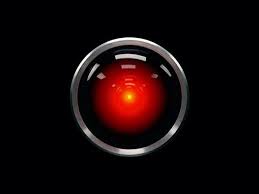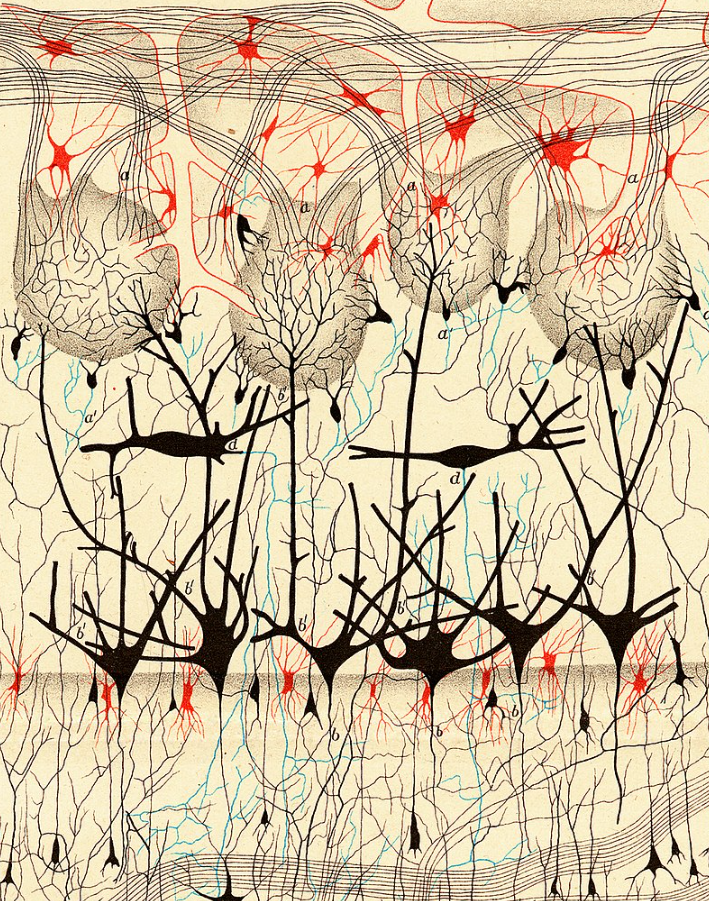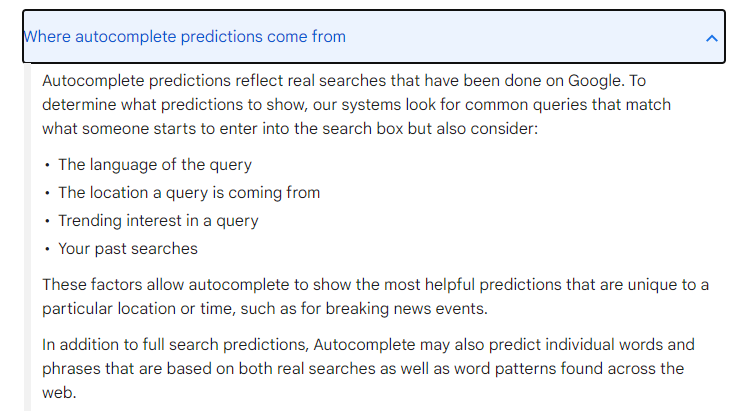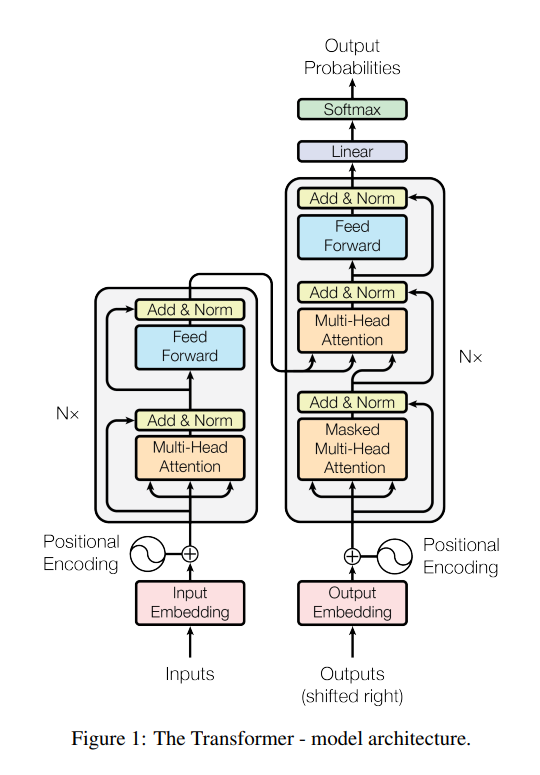An introduction to AI (…and why you might avoid that term)
AI/ML
beginner
Previous attendees have said…
- 75 previous attendees have left feedback
- 95% would recommend this session to a colleague
- 95% said that this session was pitched correctly

Three random comments from previous attendees
- A nice introduction to an incredibly complex topic. It is challenging and covers a lot of ground in a short time but learning new terms and ideas, and being forced to think about things in a different way is never a bad thing. Some great resources linked into the session that I will definitely need to go away and read (as well some brilliant stuff in the chat).
- A good introduction to AI for someone who does not know much about it. I realised I am using AI which I wasn’t really aware of.
- This was a great session. Thanks
Welcome
- this session is 🌶: for beginners
- it aims to do two things:
- to suggest that the term AI is troublesome
- to introduce some of the different technologies that get lumped together as AI
What does AI mean to you?




AI exists in the popular imaginary - independent of the tech itself
Is AI…
- Over-hyped?
- Somewhere in between?
- Neglected?
- Other / don’t know
Hype
- There’s a lot of hype about AI at the moment (see this graph, and approx. 100 billion LinkedIn posts)
- Underneath the hype, there’s a lot of genuinely exciting stuff going on too
- That exciting stuff is likely to have some impact on health and care work
Why the hype matters
- hype leads to perverse incentives and malfeasance
- call any rubbish AI, and get paid for it
- that means that understanding what we mean by AI, and what tech calls AI, is important for practitioners
- there’s an industry out there that’s profiting from blurring the boundaries
- getting it wrong might be very important: different tech has different strengths and weaknesses
A philosophical question
- do submarines swim?
Motive
- The intelligence part of AI is as misleading as a swimming submarine
- There are lots of different technologies that currently fall under the AI umbrella
- Points 1. and 2. cause blurring of boundaries about what gets called AI
- That blurring matters in a practical way because of the hot hot hype

About this talk
Two linked problems:
- a worry about intelligence: based on the swimming submarine
- a worry about diversity: AI is several things, not just one thing
The Chinese room
Searle (1980)
“Suppose that I’m locked in a room and given a large batch of Chinese writing. Suppose furthermore (as is indeed the case) that I know no Chinese, either written or spoken, and that I’m not even confident that I could recognize Chinese writing”
However, he is supplied with a set of intelligible rules for manipulating these Chinese symbols
“火” is the opposite of “水”
“六” is more than “四”
Questions
- Does this poor bloke locked in a room understand the Chinese symbols?
- Now suppose that we start asking him questions (in English):
- Is “六” more than “四”?
- If so, respond with “是”. Otherwise respond “不”
Question
- Is understanding the same thing as being able to produce output in response to input?
- Searle (1980) - this is the difference between strong and weak AI
Back to nice safe words
- we usually don’t worry too much about what words like intelligence, understanding, etc really mean
- for most purposes, understanding something, and doing that thing, pretty well overlap
- AI, unfortunately, is an exception
- big difference between producing output and understanding here
Why does this matter?
- Because the current conversation around AI does violence to our usual understanding of basic terms (like intelligence)
- We need to do a bit of re-interpreting…
- …particularly because AI can do the input-output part really well
- (side effect) The Chinese Room is an excellent way of understanding what’s going on inside some of the current tech
The tech
- AI = big umbrella term
- More specific terms:
- Algorithms = rule-based ways of producing sensible output
- Expert systems = more sophisticated expertise-based production of output
- Machine learning = umbrella term for non-expertise-based production of output
- Large Language Models = a massively-succesful sub-species of machine learning
So what’s an algorithm?
- Algorithm = rule (roughly)
- if something happens, do something
- made from expert input and evidence
An example algorithm

How about something more complicated?

- one problem with algorithms: how to handle conflicting information?
- An expert system - MYCIN (Shortliffe and Buchanan 1975)
- designed to identify bacterial infections and suitable Rx
- 600 rules, supplied by experts
- asks users a series of clinical questions
- combines the answers using a (fairly simple) inference system
- able to manage some conflicting information - unlike simpler algorithms
Machine learning
- A next step: can we provide learning rules to a system, and let it figure out the details for itself?

This is supervised learning
- supervision = labelled observations used for training and testing
- Lots of health examples with promising results:
- diabetic retinopathy (Mookiah et al. 2013)
- ECG (Aziz, Ahmed, and Alouini 2021)
- fractures, melanoma, …
There’s a lot going on in that Machine learner box
- e.g. artificial neural networks (ANNs)
- ANNs can can potentially replicate any input-output transformation (learn anything, in other words)
- that capacity depends on complexity: simple units in complex arrangements
- we can’t draw simple conclusions about likely behaviour from this structure

Fashion MNIST
 + an example of a labelled dataset
+ an example of a labelled dataset
Labelling is hard
Producing labelled datasets is hard:
- generally must be very large
- generally requires expert classification
- must be done with great accuracy
- scale bar problem (Winkler et al. 2021)
- so dataset labelling is wildly expensive and thankless
- Is there a way of doing something similar without spending trillions classifying everything in the world by hand?
Unsupervised learning

Unsupervised learning

Unsupervised learning

Unsupervised learning
- No-one is writing a list of possible searches starting with “Large…”
- Nor are they classifying searches into likely/unlikely, then training a model
- Instead, the model is looking at data (searches, language, location, trends) and calculating probabilities
Deep learning?
- The terminology gets confusing again at this point:
- some describe this as deep learning
- better to call this a language model
Transformers

Large language models
What if we were more ambitious with the scope of our language model?
- Find masses of language data
- chatGPT uses basically the whole web before September 2021
- Build a model capable of finding patterns in that data
- Attention model used in chatGPT (Vaswani et al. 2017)
- Allow the model to calculate probabilities based on those patterns
- lots of work going on at present allowing models to improve in response to feedback etc
Large language models
- superb at generating appropriate text, code, images, music…
- but production vs understanding
- e.g. hallucinations, phantom functions…
- training is extremely computationally expensive
- questions about inequality and regulatory moating
- no-one but FAANG-sized companies can afford to do this
- training is also surprisingly manual
- questions about inequality and regulatory moating
Ethics
- your web content, my model, my paycheque
- where’s the consent here?
- big serious worries about bias in some kinds of output
- rights violations via AI
- no settled questions around responsibility
- UK GDPR etc assume data is identifiable. That’s not true in LLMs.
Punchline
- On balance, while there’s hype here, there’s also lots of substance and interest
- LLMs have become much better at producing plausible output, across a greatly expanded area
- A strength: fantastic ways to speed-up experts
- A danger: LLMs excel at producing truth-like output
- But big serious legal and ethical trouble ahead - we’re not good at dealing with distributed responsibility
Thumbs-up for specificity
- many of the touted benefits are technology-specific
- e.g. if we want to understand why decisions are getting made in a particular way, an expert system is better than a LLM
- we should probably start asking “what do you mean by AI” whenever we’re trying to make decisions about it
Conclusion
- The intelligence part of AI is as misleading as a swimming submarine
- There are lots of different technologies that currently fall under the AI umbrella
- Points 1. and 2. cause blurring of boundaries about what gets called AI
- That blurring matters in a practical way for us in health and care
References
Aziz, Saira, Sajid Ahmed, and Mohamed-Slim Alouini. 2021. “ECG-Based Machine-Learning Algorithms for Heartbeat Classification.” Scientific Reports 11 (1). https://doi.org/10.1038/s41598-021-97118-5.
Mookiah, Muthu Rama Krishnan, U. Rajendra Acharya, Chua Kuang Chua, Choo Min Lim, E. Y. K. Ng, and Augustinus Laude. 2013. “Computer-Aided Diagnosis of Diabetic Retinopathy: A Review.” Computers in Biology and Medicine 43 (12): 2136–55. https://doi.org/10.1016/j.compbiomed.2013.10.007.
Searle, John R. 1980. “Minds, Brains, and Programs.” Behavioral and Brain Sciences 3 (3): 417–24. https://doi.org/10.1017/s0140525x00005756.
Shortliffe, Edward H., and Bruce G. Buchanan. 1975. “A Model of Inexact Reasoning in Medicine.” Mathematical Biosciences 23 (3-4): 351–79. https://doi.org/10.1016/0025-5564(75)90047-4.
Vaswani, Ashish, Noam Shazeer, Niki Parmar, Jakob Uszkoreit, Llion Jones, Aidan N. Gomez, Lukasz Kaiser, and Illia Polosukhin. 2017. “Attention Is All You Need.” https://doi.org/10.48550/ARXIV.1706.03762.
Winkler, Julia K., Katharina Sies, Christine Fink, Ferdinand Toberer, Alexander Enk, Mohamed S. Abassi, Tobias Fuchs, and Holger A. Haenssle. 2021. “Association Between Different Scale Bars in Dermoscopic Images and Diagnostic Performance of a Market-Approved Deep Learning Convolutional Neural Network for Melanoma Recognition.” European Journal of Cancer 145 (March): 146–54. https://doi.org/10.1016/j.ejca.2020.12.010.

